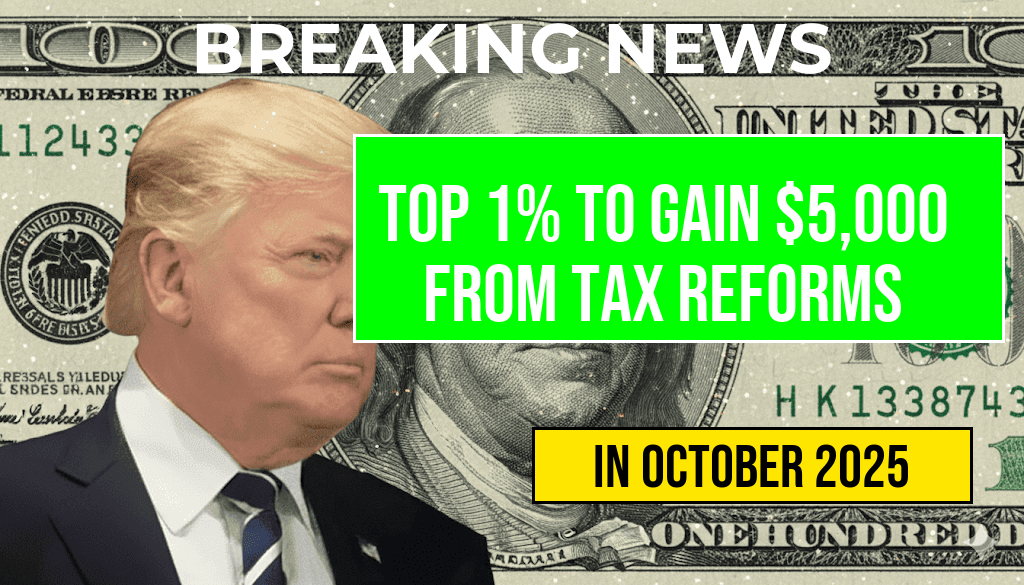The United States will see a nationwide increase in the federal minimum wage for 2025, effective October 4, 2024. This adjustment marks a significant step in the ongoing effort to address wage disparities and improve living standards for low-income workers across the country. The new hourly rate will rise from the current $7.25 to $8.20, reflecting a modest but meaningful increase aimed at keeping pace with inflation and economic shifts. While this change primarily impacts workers covered by federal regulations, several states and localities have their own minimum wage schedules, which may differ. The federal adjustment underscores ongoing debates about living wages and economic equity, with policymakers and labor advocates closely watching its implementation and effects on employment and consumer purchasing power.
Overview of the 2025 Federal Minimum Wage Adjustment
Key Details of the Increase
| Year | Hourly Rate |
|---|---|
| 2024 | $7.25 |
| 2025 | $8.20 |
This adjustment is part of a scheduled increase mandated by federal legislation, which periodically reviews and revises the minimum wage based on inflation indices and economic conditions. The rise from $7.25 to $8.20 constitutes approximately a 13.1% increase, aimed at providing relief to low-wage workers amid rising living costs.
Implementation Timeline and Affected Sectors
The new rates will officially take effect on October 4, 2024, with employers nationwide expected to comply by that date. This change affects federal contractors, workers covered by the Fair Labor Standards Act (FLSA), and employees in industries where federal wage standards apply. Private sector employees earning minimum wage under state and local laws will see varied adjustments, as many jurisdictions have their own scheduled increases, some of which may be higher than the federal rate.
Context Behind the Wage Adjustment
Historical Trends and Legislative Background
The federal minimum wage has remained at $7.25 since 2009, leading to sustained calls for increases from labor advocates and some policymakers. The recent adjustment follows legislation passed in 2023, which set forth a formula for periodic increases tied to inflation measures like the Consumer Price Index (CPI). This mechanism aims to ensure wages keep pace with economic changes without requiring new legislative approval each cycle.
Economic Implications and Debate
Proponents argue that raising the minimum wage boosts consumer spending, reduces poverty, and stimulates economic activity. Critics, however, warn that higher labor costs could lead to reduced hiring, increased automation, or higher prices for goods and services. The debate continues as businesses and workers monitor how the wage increase influences employment patterns and inflationary pressures.
Regional Variations and State-Level Policies
States with Higher Minimum Wages
While the federal minimum wage sets a baseline, many states and municipalities have established higher rates. For instance, California’s minimum wage is scheduled to reach $15.50 per hour by 2025, and New York’s rate varies between $13 and $15 depending on location and employer size. These variations reflect local economic conditions and cost of living disparities.
Impact on Employers and Workers
Businesses operating across multiple jurisdictions must navigate differing wage laws, which can complicate payroll and compliance efforts. For workers, the increase in federal minimum wage offers a safety net and standardizes expectations in sectors where federal coverage applies, such as federal government contracts, transportation, and certain service industries.
Additional Resources and Future Outlook
Experts and policymakers continue to analyze the potential long-term effects of the wage increase. Studies from institutions like the Wikipedia and economic think tanks provide insights into wage policy impacts. Looking ahead, discussions around indexing minimum wages to inflation and expanding coverage persist, especially amid ongoing debates about economic inequality and labor rights.
Frequently Asked Questions
What is the new minimum wage rate effective October 4, 2024?
The U.S. minimum wage has increased to $15.50 per hour effective October 4, 2024, marking an update for 2025 that reflects recent legislative changes.
Which states or regions are affected by the 2025 minimum wage update?
The minimum wage increase applies across various states and regions that have set their own rates, with many adopting the new $15.50 per hour standard, while others may have different rates based on local laws.
How does the 2025 minimum wage compare to previous years?
The 2025 minimum wage represents an increase from prior years, adjusting for inflation and cost of living, with some areas seeing larger jumps than others to meet regional economic conditions.
Will the minimum wage increase impact employers and employees immediately?
Yes, employers are required to comply with the new minimum wage effective October 4, 2024, ensuring employees are paid at least the updated rate starting from that date.
Are there any exceptions or special provisions related to the 2025 minimum wage increase?
Some exceptions may apply based on state laws, industry-specific regulations, or age exemptions. It’s important for employers and employees to review local regulations to understand specific provisions.






